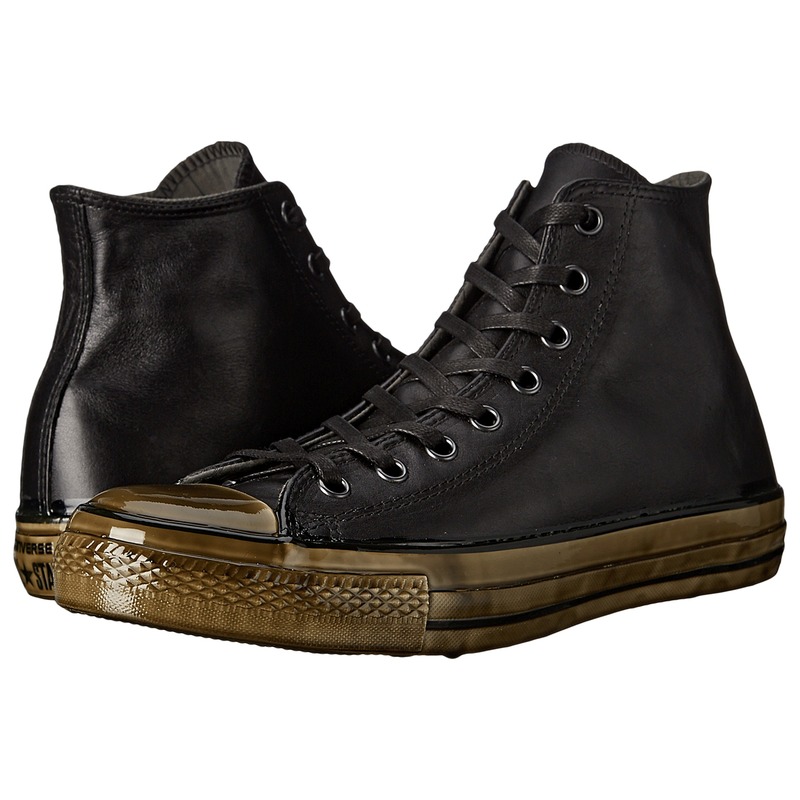Title: What happens when real leather gets wet?
When real leather gets wet, it can experience a range of changes, depending on the type of leather and the conditions it is exposed to. Some leathers, like suede, can become watermarked or stained when they get wet, while others, like aniline leather, may absorb water and become deformed or wrinkled. In extreme cases, leather can even experience rot or decay when it is constantly wet. However, not all leathers are created equal, and the best way to protect your leather goods from water damage is to use water-resistant treatments or coatings. These products can help to repel water and protect the leather from absorbing moisture, thereby preventing any damage from occurring.
Real leather is a naturally occurring material that is widely used in clothing, footwear, and upholstery. It has a unique texture and feel that many people find appealing. However, like any natural material, real leather has its own set of challenges when it comes to maintenance and care. One common question is what happens when real leather gets wet?

When real leather is exposed to water, it will absorb the moisture and become damp. The longer the leather is left in water, the more severe the damage will become. The water can cause the leather to swell, distort, and even develop mold or mildew if not dried properly. The color of the leather may also change due to the water, becoming lighter or darker depending on the type of leather and the water’s pH level.
If you get your real leather clothing, footwear, or upholstery wet, there are some steps you can take to minimize the damage. First, use a clean, dry cloth to absorb as much moisture as possible from the leather surface. Then, gently rub the leather with a towel to help remove any remaining moisture. Do not use heat or forceful drying methods, as this can further damage the leather.
Once the leather has been wiped down and any moisture has been absorbed, it is important to let it dry naturally in a well-ventilated area. Do not use a hairdryer or other sources of heat to speed up the drying process, as this can cause the leather to shrink or warp. It is also important to avoid exposure to direct sunlight, as this can cause the leather to fade or crack.

If you are unsure about how to care for your real leather items after they have been exposed to water, it is best to seek professional help from a qualified leather care expert. They will be able to provide you with specific advice and guidance on how to best care for your leather items so that they remain in good condition for longer.
In conclusion, real leather is a beautiful and unique material that requires special care and attention when it comes to maintenance. By following these simple steps after exposure to water, you can help protect your real leather items and keep them looking their best for longer.
Articles related to the knowledge points of this article:
Title: Mastering the Art of Tie Knots: A Step-by-Step Guide to Tying a Necktie
Title: The Elegant Combination of a Cozy Overcoat and a Delicate Scarf
Title: Baseball-Collar Down Jacket: A Winter Fashion Staple
Little Boys Winter Coat: A Fashionable and Functional Choice



